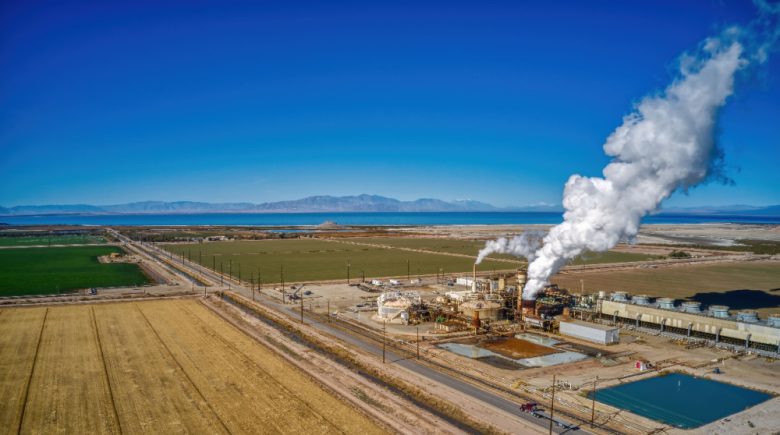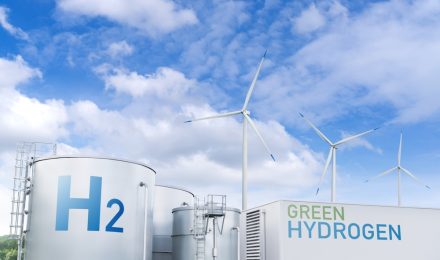According to the US Energy Information Administration, the United States uses annually about 98 quadrillion British Thermal Units per year, or about 16 percent of the total of the world’s energy consumption.
Meanwhile, the United States, as well as the vast majority of the industrial countries in the world, are experiencing the disastrous effects of global warming.
People everywhere, including in the halls of government, are talking almost continually about how we need renewable energy. And while there is plenty of talk, sustainability is much harder to achieve than it seems on the surface.
It is clear that we will never turn the clock back to the past on energy use. People have gotten far too comfortable with electric lights, computers, television, hot water heaters, and personal automobiles to return to the dark ages of even the 1920s when even half of the homes still did not have electricity.
So, while we hope and pray that science will come to our rescue and perfect some technology like fusion which mimics the sun’s awesome power, there is plenty of renewable energy available in the geothermal reign.
Including Hawaii, there are about 35 geothermal energy plants in the United States, the majority of which almost all, on the Continental portion of the US, are located in the Western regions of the US such as Nevada, California, Oregon, New Mexico, Idaho, and Utah.
Yet there are vast oceans of geothermal springs in Texas. Alaska, and Montana that are fairly untapped, and there are other areas of the US as well where there is the potential for obtaining geothermal energy.
Why so few geothermal energy taps?
Perhaps the two primary reasons are that geothermal power just isn’t as sexy as hydroelectric power, nuclear power, wind power, or solar power, and the second reason is that people generally have little understanding of how geothermal energy plants work or cost.
Since there are so few of them, generally, geothermal plants remain relatively out of sight. And of course, some people imagine, (quite unscientifically,) that if you drill into the earth’s surface to capture geothermal heated water, that somehow there might be some kind of catastrophic lava explosion.
In actuality, nothing could be further from the truth. In general, what happens is that there is drilling in the areas of the US that have the potential to produce geothermal hot water, heated by hot lava, from one to ten miles below the earth’s surface.
This typically costs around $5 million dollar per every 2.5 miles.
Once the drilling is complete, a geothermal plant, which uses heated steam to turn turbines, is fairly cheap to operate.
A single geothermal plant can produce as much energy to power around 40,000 homes and at a relatively inexpensive cost per kilowatt of electricity. And within around 17 years, investors in a geothermal power plant can expect to recoup all their initial power plant expenses, and after that, everything is almost totally profit.
Which countries have most utilized geothermal power?
The United States produces the most Megawatts of geothermal energy per year, roughly around 3,794 Megawatts.
Following the US are Indonesia, the Philippines, and Turkey, followed by New Zealand, Mexico, Kenya, Italy, Iceland and Japan.
By far, the most well-known in world circles is the use of geothermal energy in Iceland, where 66 percent of the approximately 130,000 homes are powered exclusively by geothermal power including heating not only most of the homes but of the businesses.
And there is plenty of room for expansion.
In an article in Forbes titled, “Enhanced Geothermal Could Be A Missing Piece Of America’s Climate Puzzle” published in June of 2023, Forbes quoted the U.S. Department of Energy’s Enhanced Geothermal Shot Analysis that geothermal power input could be increased from the current level of around 3,794 Mega Watts per year to roughly 90 gigawatts per year by the year 2050, enough to power 65 million homes.
If that happens, it is a huge increase from the 3,794 Mega Watts to 90,000 Mega Watts within the next 26 years. And even that number is potentially expanding worldwide and new horizontal drilling methods are developed and perfected to make geothermal energy sources easier to tap.
In addition, not only is geothermal energy fairly cheap when in comparison to other sources (roughly 3.2 cents per kilowatt as compared to 5.5 cents for traditional sources, but it is also environmentally clean.
While geothermal energy plants do spew a small amount of sulfur and carbon dioxide in the air, a geothermal plant typically emits around 97 percent less pollutants than a traditional power plant.
That is certainly a primary benefit for our county to lead the way in producing less global pollution.
Yet, there are some obstacles.
Notably, there are huge tax benefits to encourage private energy companies to drill for oil and natural gas. And while there can also be tax benefits to drilling for geothermal, members of Congress often speak with forked tongues.
While on the one hand, members of Congress and politicians speak about the dangers of pollutants causing global warming, at the same time our country devotes only around 12.7 percent of our energy resources to renewable energy, and 87.3 percent of our energy supply to pollutant causing sources such as oil, natural gas, and coal.
As a consequence, it seems quite obvious that unless there is a major shift towards renewable energy, including geothermal energy, progress in sustainability will remain slow. And that shift will only be produced if politicians are aware that the citizens make it known that they support every type of sustainable energy, including geothermal.
The squeaky wheel gets the grease is an old adage, and geothermal energy deserves a second look for all Americans.



